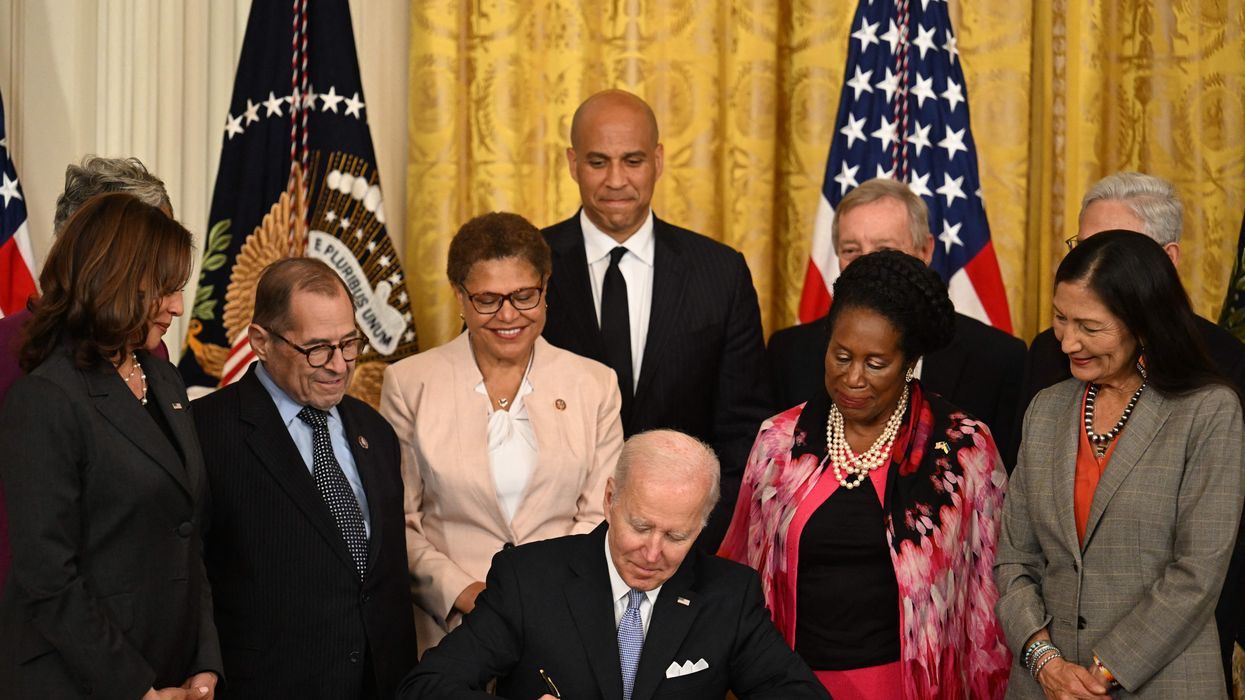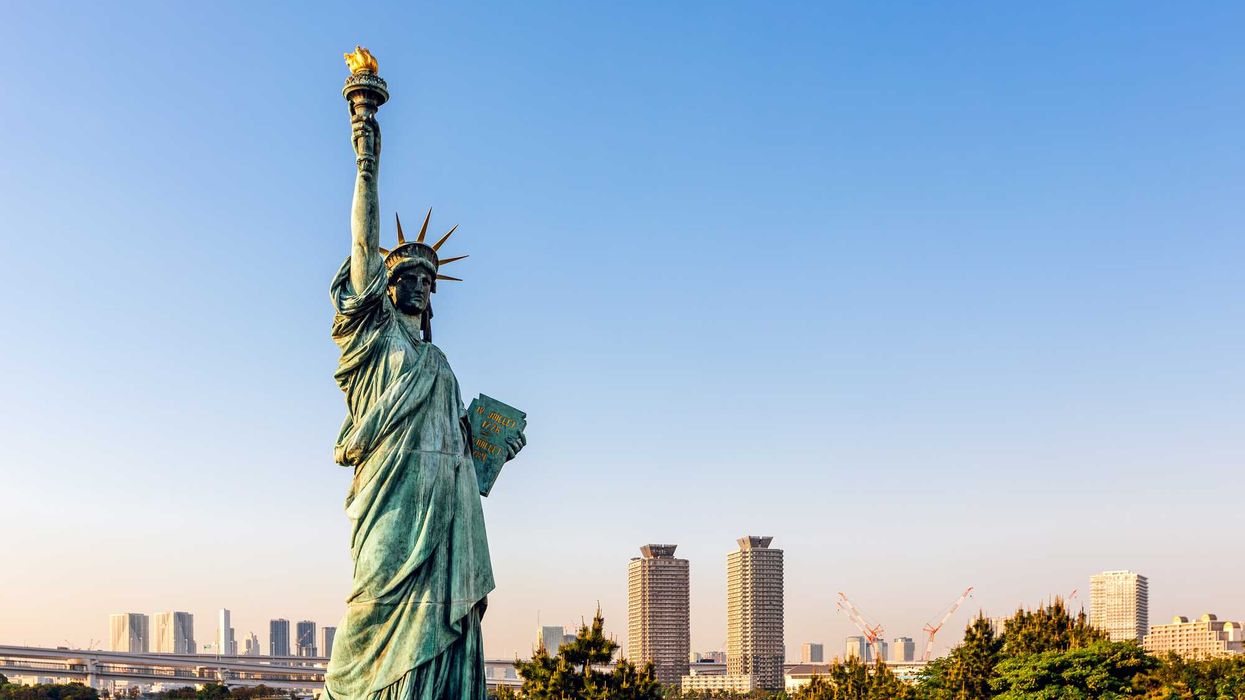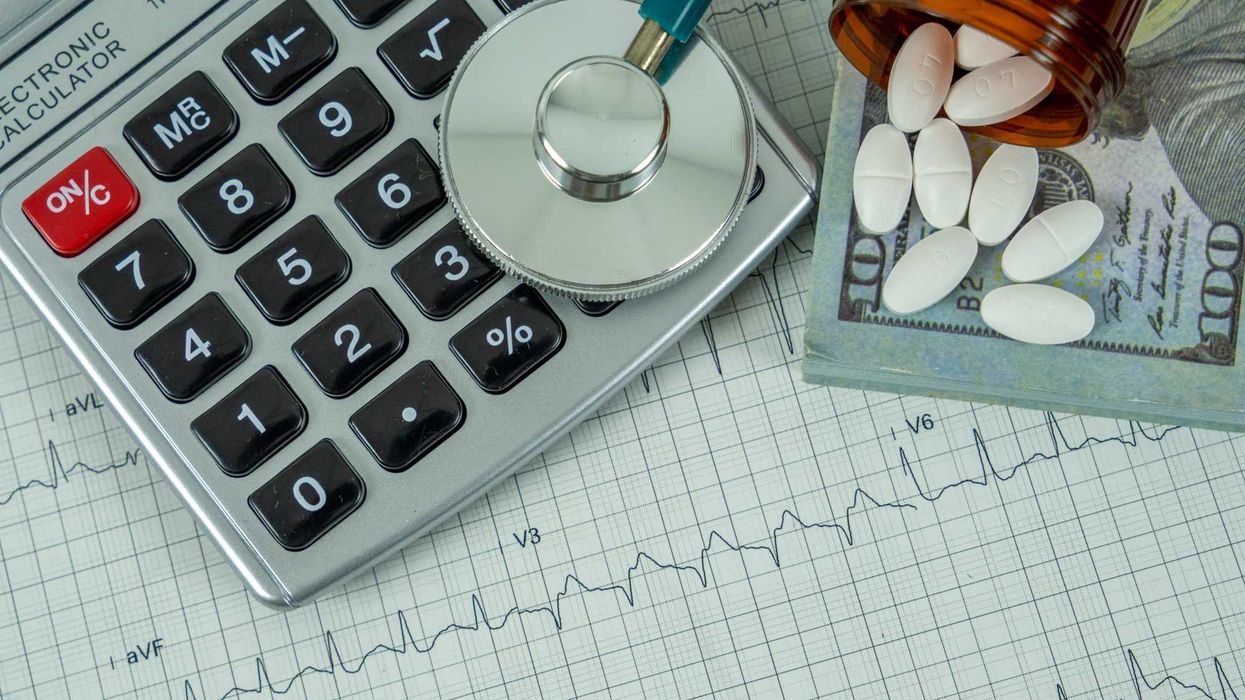President Biden continued his extensive use of executive orders on Wednesday, taking action on police procedures on the second anniversary of George Floyd’s death. Executive orders have become increasingly common as a polarized Congress has been unable to move legislation.
Such presidential actions have historically been used for two reasons, according to public policy strategist Meredith McGehee: in the face of a crisis that demands quick action, such as the attack on Pearl Harbor, or in response to a “do nothing” Congress.
And with the Senate evenly – and bitterly – divided, very few bills make it to the president’s desk these days.
The occupants of the Oval Office don’t want to use executive orders but sometimes have little choice, said congressional scholar Norman Ornstein, who has studied the legislative branch for decades.
“Most presidents, even if they have the ability to use executive power, would prefer to do it legislatively, ” he said, explaining that legislation action is more durable.
Police reform is the latest example of a president stepping in when the legislative process doesn’t produce his desired result. Since Floyd died at the hands of police officers, sparking nationwide protests and a renewed spotlight on police brutality towards Black Americans, Democrats have twice tried and failed to pass legislation.
Bipartisan talks began, but soon hit a wall as the two parties could not reach a compromise. The House passed the George Floyd Justice in Policing Act in March 2021, but failed to move through the polarized Senate. Biden claimed that Republican senators “rejected enacting modest reforms, which even the previous president had supported, while refusing to take action on key issues that many in law enforcement were willing to address.”
Now, Biden has taken matters into his own hands, although it only applies to federal policing. His executive order establishes a national registry of officers fired for misconduct, mandates that all officers wear body cameras, and restricts transfers of military equipment to law enforcement agencies. It also includes incentives for state and local agencies to employ these protections and encourages them to follow the Justice Department’s restrictions on chokeholds and “no knock” warrants. The national registry, limits on chokeholds and no-knock warrants, and body camera requirements were all part of the Floyd bill.
Ornstein explains that, while this order is very limited to federal agencies, it can impact the ways that state and local law enforcement operate. In addition to the incentives, it may create more opportunities for the Justice Department to take control of police departments when they have violated certain standards.
Executive orders were utilized extensively in the first half of the 20th century — Franklin Delano Roosevelt used them more often than any other president, averaging 307 per year. However, its usage has declined steeply. Since Jimmy Carter’s average of 80 executive orders per year 40 years ago, no presidents have averaged more than 48. That is, until the past two presidents. Donald Trump signed 55 orders per year, while Biden has so far averaged 67. These numbers parallel increased polarization in Congress.
“Whenever the Congress is so closely divided, there are all the incentives in the world for the executive, in this case the president, to issue executive orders. This happens very frequently when there is an inability by one party or the other to break a filibuster with 60 votes,” said McGehee, who was executive director of the crosspartisan advocacy group Issue One before launching her own consulting firm. “The biggest change [in recent years] is that the nature of our politics has changed, in that the post-World War II consensus between Republicans and Democrats has imploded.”
Ornstein, senior fellow emeritus at the American Enterprise Institute, echoes this notion that growing polarization has led to more executive orders. “What we’ve seen, fundamentally, since the Obama presidency, is that you can’t count on votes from the party that is not the president’s party.”
Ornstein also mentioned another important consideration when it comes to executive orders: the Supreme Court. He describes how the current court, controlled by conservatives, showed a willingness to allow greater executive power when there was a Republican president, but is now curtailing that power. In addition, he believes the court has begun limiting the power of the federal government in general, which will have an effect on how much Biden and his successors can utilize executive orders.



















